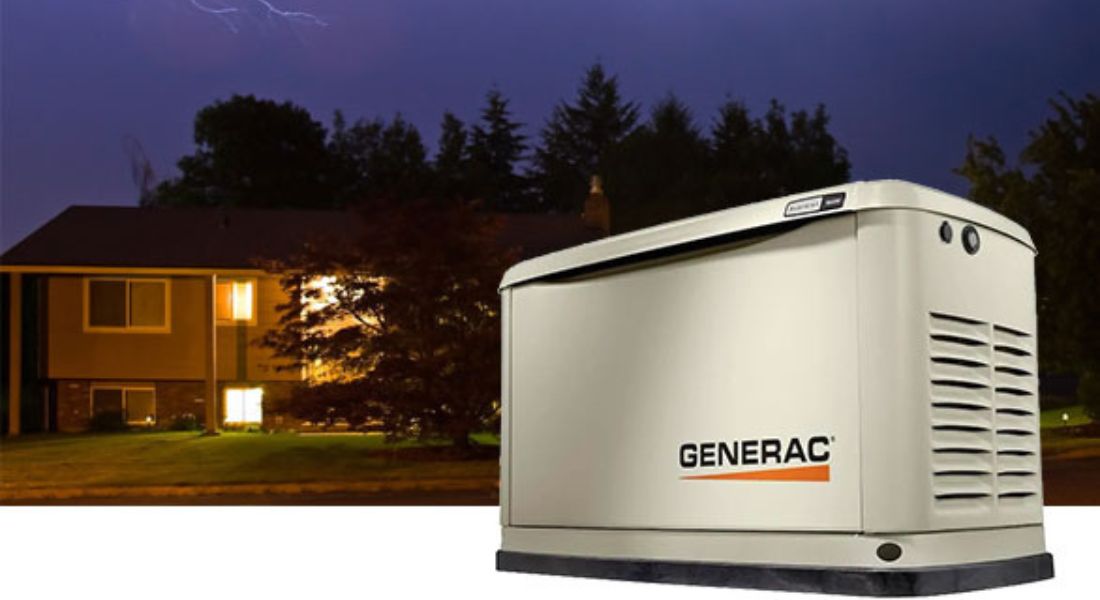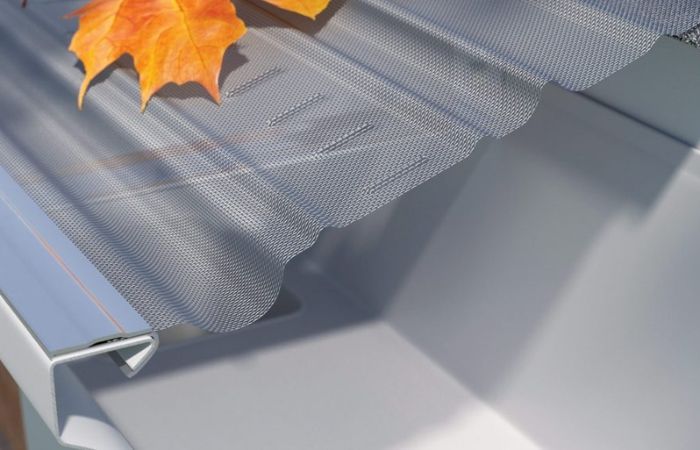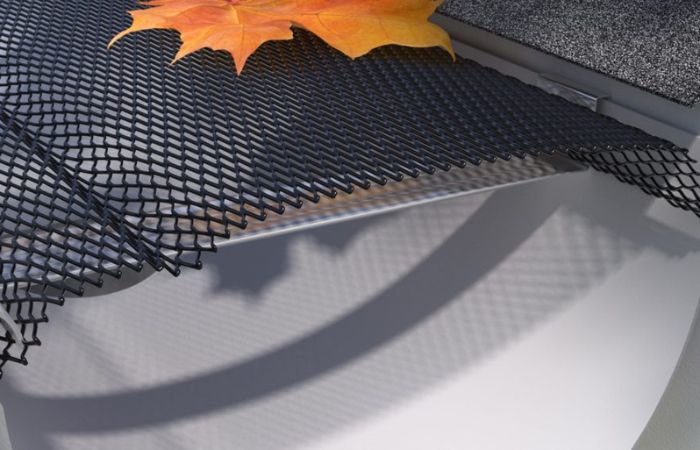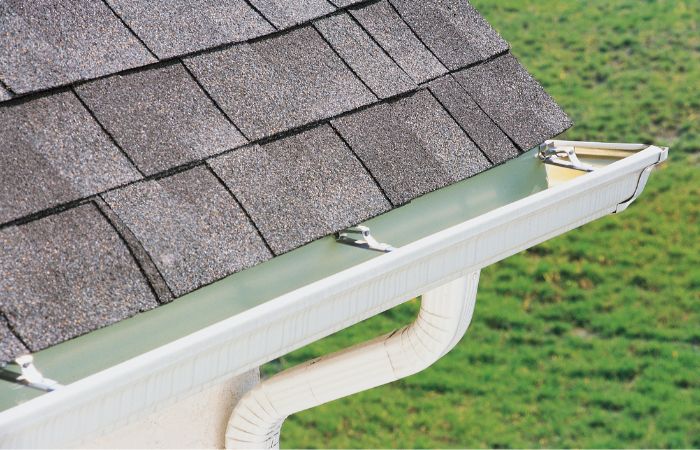Mesh leaf guards are a popular and effective solution for preventing leaves, twigs, and other large debris from clogging your home’s gutters. By acting as a protective sieve, they allow rainwater to flow freely while keeping out the majority of solid matter. This significantly reduces the frequency of gutter cleaning and offers greater peace of mind against costly water damage.
However, despite what some might claim, no gutter protection system is entirely “maintenance-free.” Mesh leaf guards, like any home exterior component, benefit from periodic inspection and a little proactive care. Neglecting these simple steps can lead to debris accumulation on top of the mesh, reduced water flow, and ultimately, a shortened lifespan for your gutter protection system.
Understanding how to properly maintain your mesh leaf guards is key to maximizing their efficiency and ensuring they continue to safeguard your home for years to come. Here’s a homeowner’s guide to keeping your mesh guards in top shape.
Why Maintenance is Crucial for Mesh Guards
While mesh guards excel at blocking large debris, smaller particles like shingle grit, pollen, seeds, and even tiny pine needles can sometimes settle on the mesh surface or, over many seasons, work their way through the perforations. If left unchecked, this buildup can:
- Block Water Flow: A layer of grime or small debris on the mesh surface can impede water from entering the gutter, causing it to overflow during heavy rain.
- Create Muck: When wet, fine organic matter can decompose into a slimy, stubborn film that further hinders drainage.
- Compromise Durability: Constant moisture and accumulated organic matter can accelerate wear and tear on the mesh material.
- Attract Pests: Debris buildup can create an environment attractive to insects or even small rodents.
Regular, simple maintenance prevents these issues, ensuring your system operates as intended.
Essential Maintenance Tips for Mesh Leaf Guards
Perform Regular Visual Inspections:
- How Often: Aim for at least once or twice a year, ideally in late fall after most leaves have fallen, and again in late spring after tree pollen and seeds have settled. Also, inspect after any severe wind or rainstorms.
- What to Look For: From the ground, look for obvious piles of leaves or branches on top of the guards. Check for any sagging sections, detached pieces, or visible damage to the mesh. Note if water appears to be overflowing the gutters during rain, which can indicate a blockage on the mesh surface.
Clear Surface Debris:
- How To: For light accumulations of dry leaves, a leaf blower set to a low power can often effectively clear the surface. For more stubborn debris or wet leaves, a soft-bristled brush (like a car washing brush with a long handle) can gently sweep the mesh clean.
- Important: Avoid using harsh brushes or metal tools that could scratch or damage the mesh material.
Rinse Away Fine Particles and Grime:
- How To: Over time, shingle grit, dust, and pollen can form a fine film on the mesh, especially with micro-mesh systems. Using a standard garden hose with a spray nozzle (or a pressure washer on a very low, wide setting from a safe distance) can effectively rinse these particles off the surface. Angle the spray to wash the debris off the mesh and away from your home.
- Timing: This is best done on a dry, sunny day so the guards can air dry quickly afterward.
Check for Sagging or Damage:
- How To: If safe to do so, use a sturdy ladder to get a closer look at the guards. Inspect for any areas where the mesh has come loose from its clips or fasteners, or if it appears to be sagging between support points. If you find damage, address it promptly. Some minor detachments can be re-secured; for significant damage, consider professional repair or replacement of that section.
Inspect Downspout Openings (Occasionally):
- How To: While mesh guards are great at keeping larger debris out, very small particles or occasional tiny pieces might still make it into the gutter and accumulate at the downspout opening over many years. Periodically check the downspout opening at ground level for signs of reduced flow or partial blockages. If necessary, a hose can be run up the downspout to flush out any minor blockages.
Trim Overhanging Branches:
- Proactive Step: This isn’t directly maintenance for the guards, but it’s crucial for reducing the amount of debris falling onto them. Regularly trim tree branches that hang directly over your roofline and gutters. Less debris means less work for your mesh guards and less surface accumulation.
Tools You’ll Need:
- Sturdy extension ladder (and a spotter for safety)
- Safety glasses and work gloves
- Leaf blower (optional)
- Garden hose with spray nozzle
- Soft-bristled brush with an extension pole (optional, for reaching without a ladder)
Safety First!
Working on a ladder always carries risks. If you are uncomfortable with heights, or if your roof pitch is steep, or if the gutters are exceptionally high, do not hesitate to hire a professional gutter cleaning and maintenance service. Your safety is paramount.
The Payoff: Longevity and Protection
By investing a small amount of time in these simple maintenance tasks, you’ll significantly boost the lifespan and effectiveness of your mesh leaf guards. This proactive approach ensures your home’s rainwater management system remains uncompromised, protecting your foundation, landscaping, and overall property value from the damaging effects of uncontrolled water. Keep your mesh clean, and it will keep your gutters clear.














Comment on “Maintenance Tips for Mesh Leaf Guards: Boost Your System’s Lifespan”
Comments are closed.